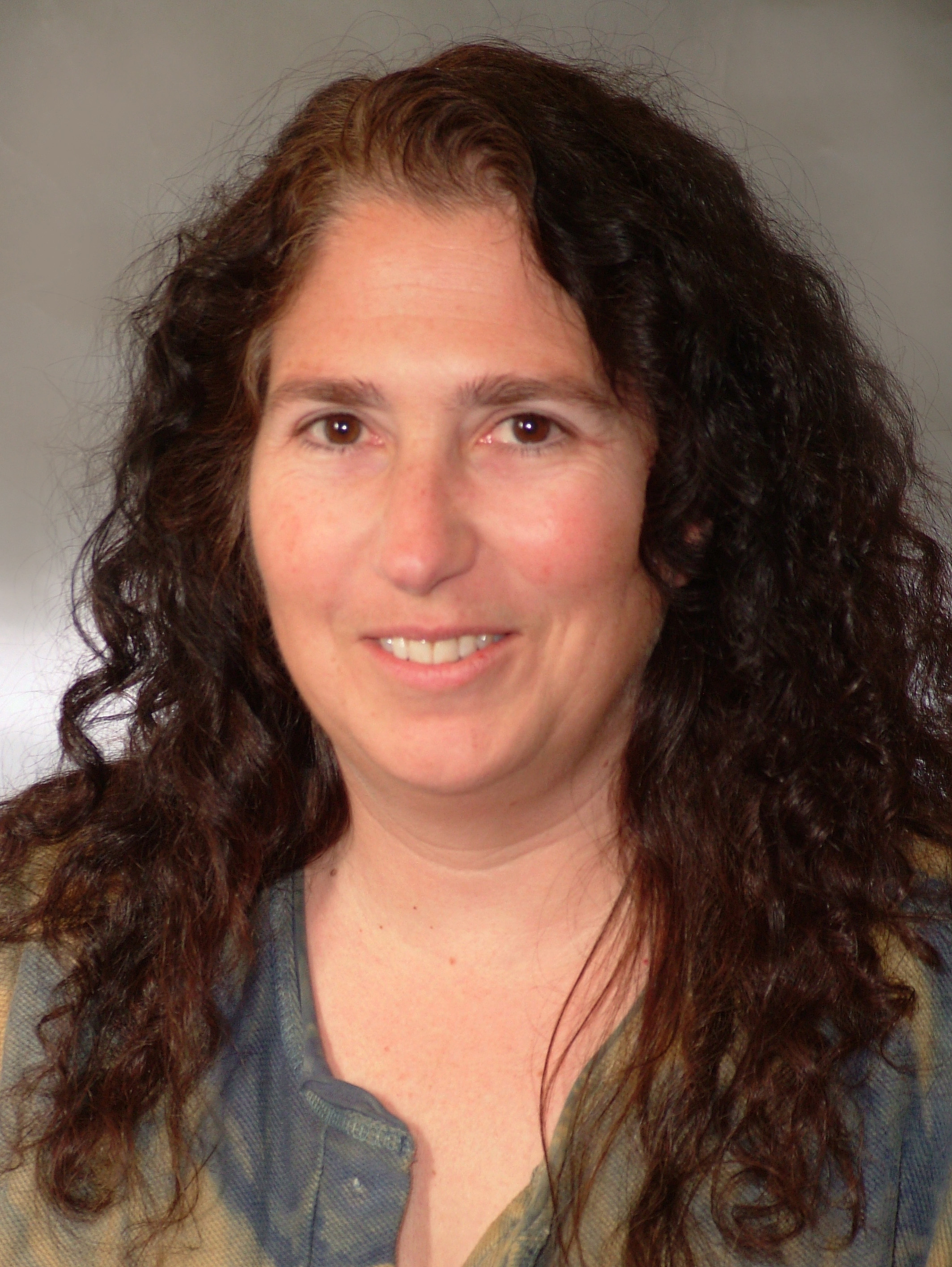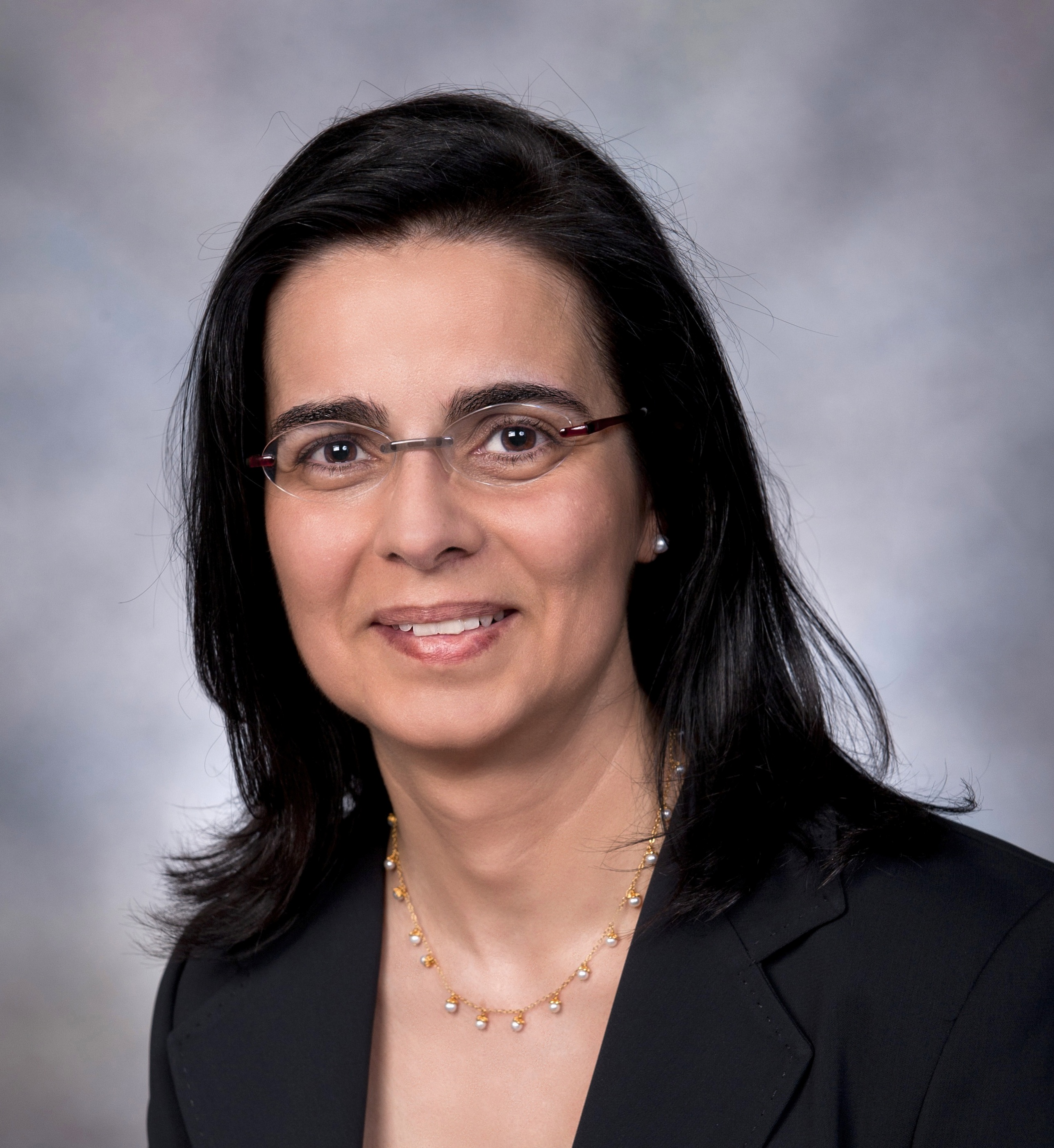Full-day Workshop
Confirmed Participants (in alphabetical order):
|

|
Texas A&M University
College Station, TX, USA
Protein and RNA Folding
Biography:
Nancy M. Amato is Unocal Professor and Interim Department Head of the Department of Computer Science and Engineering at Texas A&M University where she co-directs the Parasol Lab. Her main areas of research focus are motion planning and robotics, computational biology and geometry, and parallel and distributed computing. She received undergraduate degrees in Mathematical Sciences and Economics from Stanford University, and M.S. and Ph.D. degrees in Computer Science from UC Berkeley and the University of Illinois at Urbana-Champaign, respectively. She was an AT&T Bell Laboratories PhD Scholar, received an NSF CAREER Award, is a Distinguished Speaker for the ACM Distinguished Speakers Program, and was a Distinguished Lecturer for the IEEE Robotics and Automation Society. She served as the Editor-in-Chief of the IEEE/RSJ IROS Conference Paper Review Board and will be program chair for IEEE ICRA 2015 and RSS 2016. She was co-Chair of the National Center for Women in Information Technology (NCWIT) Academic Alliance, and currently serves on the CRA-W, CRA-E, and CDC committees. She received the HP/Harriet Rigas Award from the IEEE in 2013 and the Haberman Award from the CRA in 2014, a University-level teaching award from the Texas A&M Association of Former Students in 2011, and the Betty M. Unterberger Award for Outstanding Service to Honors Education at Texas A&M in 2013. She is a Fellow of the American Association for the Advancement of Science (AAAS), a Fellow of the Institute of Electrical and Electronics Engineers (IEEE), a Fellow of the World Technology Network (WTN).
|
|

|
Johns Hopkins University
Baltimore, MD, USA
Configuration Spaces of Symmetry-Constrained Motions in Crystals
Protein crystallography has been a very successful experimental method for protein structure determination, having resulted in approximately 100,000 structures so far. As the structures of interest become more complicated, the effort involved in the experimental determination of protein structures will increase. Much of this effort is related to solving the ``phasing problem''. Here an approach to solving the phasing problem computationally is presented. Embedded in this is a multi-rigid-body motion-planning problem in which the bodies must move in concert in order to obey the symmetry of the crystal. This search space in a compact manifold which is the quotient of the continuous group of rigid-body motions by the discrete subgroup of symmetries in the crystal.
Biography:
Gregory S. Chirikjian received undergraduate degrees from Johns Hopkins University in 1988, and the Ph.D. degree from the California Institute of Technology, Pasadena, in 1992. Since 1992, he has been on the faculty of the Department of Mechanical Engineering, Johns Hopkins University, where he is now professor. From 2004-2007 he served as department chair. His research interests include robotics, applications of group theory in a variety of engineering disciplines and the mechanics of biological macromolecules. He is a 1993 National Science Foundation Young Investigator, a 1994 Presidential Faculty Fellow, and a 1996 recipient of the ASME Pi Tau Sigma Gold Medal. He is a Fellow of the IEEE and ASME, and author of 250 publications, including 3 books.
|
|

|
Rice University
Houston, TX, USA
Geometry and Robotics-inspired Methods for the Analysis of Protein Strcuture and Function
Physics-based simulation represents a powerful method for investigating the time-varying behavior of molecular systems at high spatial and temporal resolution. Such simulations can be prohibitively difficult or lengthy, however, for large molecules. Alternative methods are being developed that probe the system of interest at a lower resolution while still producing informative answers. We have investigated a new hybrid modeling tool that uses ideas from modern motion planning algorithms, borrowed from the field of robotics, in tandem with a well-established protein modeling library. Our work combines precise energy calculations with approximate or specialized conformational sampling routines and uses multi-resolution representations to produce rapid, yet accurate, analysis of the large-scale conformational variability of a molecular system. The developed framework can be used to enrich the input conformations considered for docking studies and detailed binding affinity calculations.
Biography:
Lydia E. Kavraki is the Noah Harding Professor of Computer Science and Bioengineering at Rice University. She also holds an appointment at the Department of Structural and Computational Biology and Molecular Biophysics at the Baylor College of Medicine in Houston. Kavraki received her B.A. in Computer Science from the University of Crete in Greece and her Ph.D. in Computer Science from Stanford University. Her research contributions are in physical algorithms and their applications in robotics as well as in computational structural biology and translational bioinformatics. Kavraki is heavily involved in the development of The Open Motion Planning Library (OMPL), which is used in industry and in academic research in robotics and biomedicine. She is a Fellow of ACM, IEEE, AAAS, and AIMBE. Kavraki was elected a member of the Institute of Medicine (IOM) of the National Academies in 2012.
|
